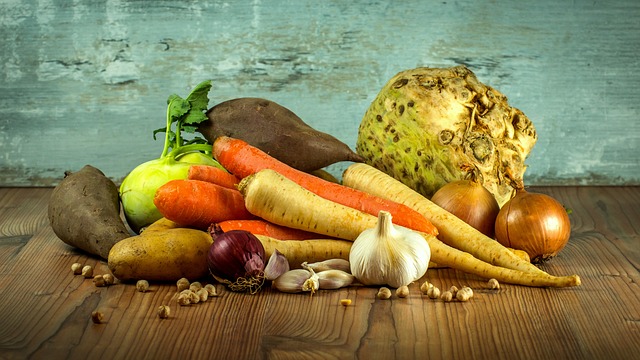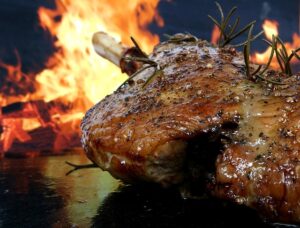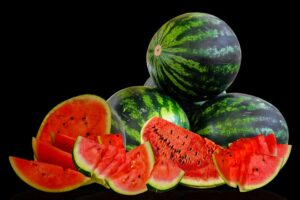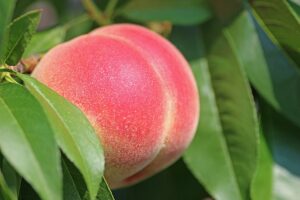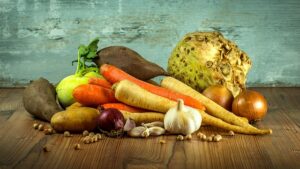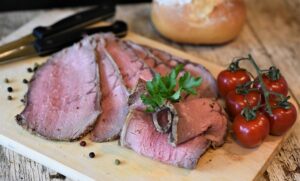Introduction
When it comes to adding protein powder to baked goods, it’s a great way to boost the nutritional value of your favorite treats. Protein powder is a convenient and versatile ingredient that can be incorporated into various recipes, providing an extra dose of protein to support muscle growth and recovery. In this article, we will explore different methods and tips on how to effectively add protein powder to baked goods, ensuring a delicious and nutritious outcome.
Choosing the Right Protein Powder
Types of Protein Powder: There are several types of protein powder available, including whey, casein, soy, pea, and hemp protein. Each type has its own unique characteristics and flavors, so it’s important to choose one that complements the taste of your baked goods.
Flavor and Sweetness: Protein powders come in a variety of flavors, such as vanilla, chocolate, and berry. Consider the flavor profile of your baked goods and select a protein powder that will enhance the overall taste. Additionally, check the sweetness level of the powder and adjust the amount of added sugar accordingly.
Adjusting the Recipe
Protein Powder to Flour Ratio: When adding protein powder to baked goods, it’s essential to maintain the right balance between the protein powder and the other dry ingredients, such as flour. As a general guideline, start by substituting 1/4 to 1/3 of the flour with protein powder. This ratio can be adjusted based on personal preference and the desired protein content.
Increasing Moisture: Protein powder can absorb moisture, which may result in drier baked goods. To counteract this, consider adding additional wet ingredients such as milk, yogurt, or applesauce to the recipe. This will help maintain the desired texture and prevent the baked goods from becoming too dry.
Methods for Incorporating Protein Powder
Mixing with Dry Ingredients: One common method is to mix the protein powder with the other dry ingredients, such as flour, baking powder, and spices, before adding the wet ingredients. This ensures even distribution of the protein powder throughout the batter.
Blending with Wet Ingredients: Another approach is to blend the protein powder with the wet ingredients, such as eggs, oil, and milk, before adding them to the dry ingredients. This method can help achieve a smoother consistency and prevent clumps of protein powder in the batter.
Preventing Overmixing: When incorporating the protein powder, it’s important to avoid overmixing the batter. Overmixing can result in a dense and tough texture. Mix the ingredients until just combined to maintain a light and fluffy texture.
Additional Tips
Flavor Enhancements: Experiment with additional flavorings such as cocoa powder, vanilla extract, or spices to enhance the taste of your protein-infused baked goods. These additions can help mask any potential protein powder aftertaste.
Baking Time and Temperature: Protein powder may affect the baking time and temperature of your recipe. Keep an eye on the baked goods and adjust the time and temperature as needed to ensure they are cooked through without becoming overly dry.
Conclusion
Adding protein powder to baked goods is a fantastic way to increase their nutritional value and enjoy a protein-packed treat. By choosing the right protein powder, adjusting the recipe accordingly, and using the appropriate methods for incorporation, you can create delicious baked goods with an added protein boost. Remember to experiment and have fun with different flavors and ingredients to find your perfect protein-infused recipe.
References
1. www.healthline.com/nutrition/best-protein-powder
2. www.bodybuilding.com/store/best-protein-powders.html
3. www.eatthis.com/best-protein-powders-for-women/

